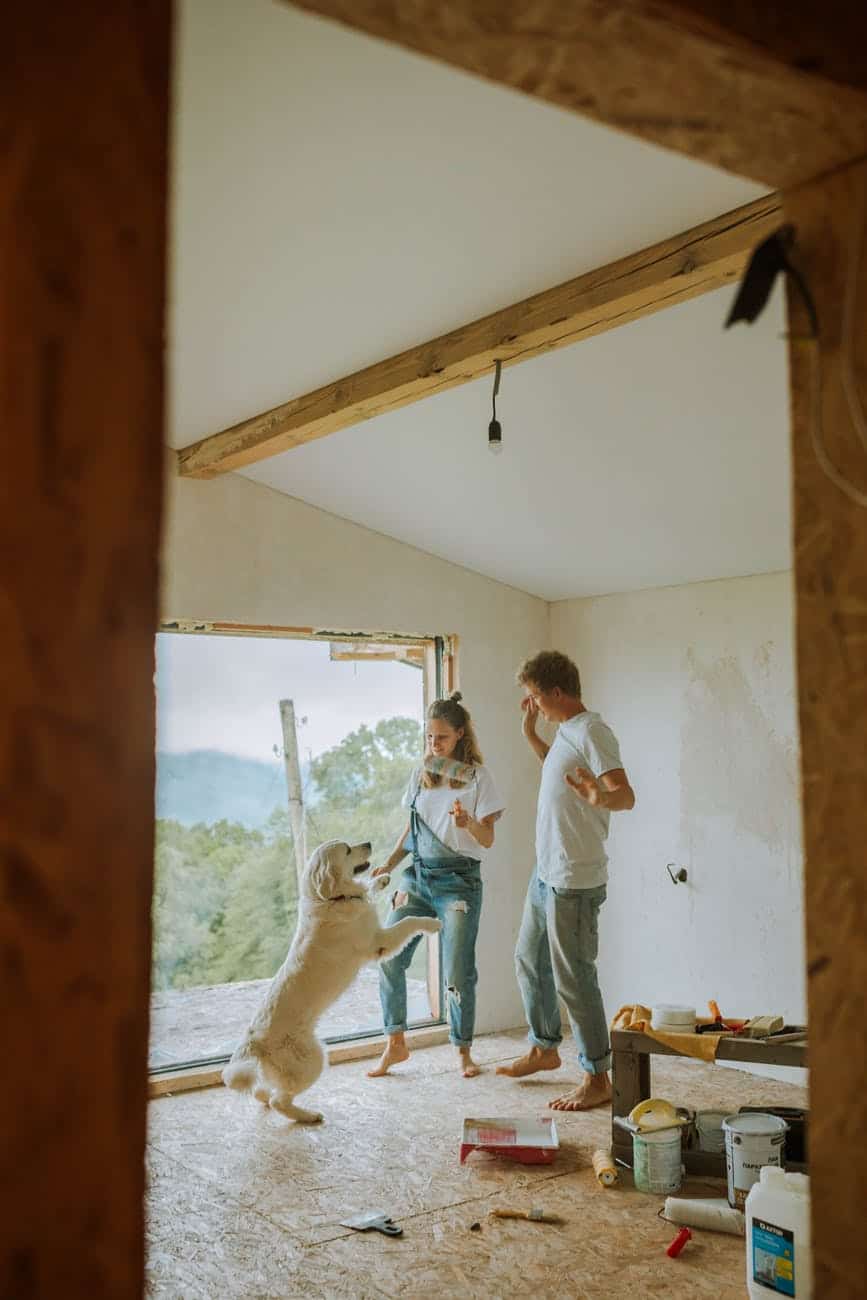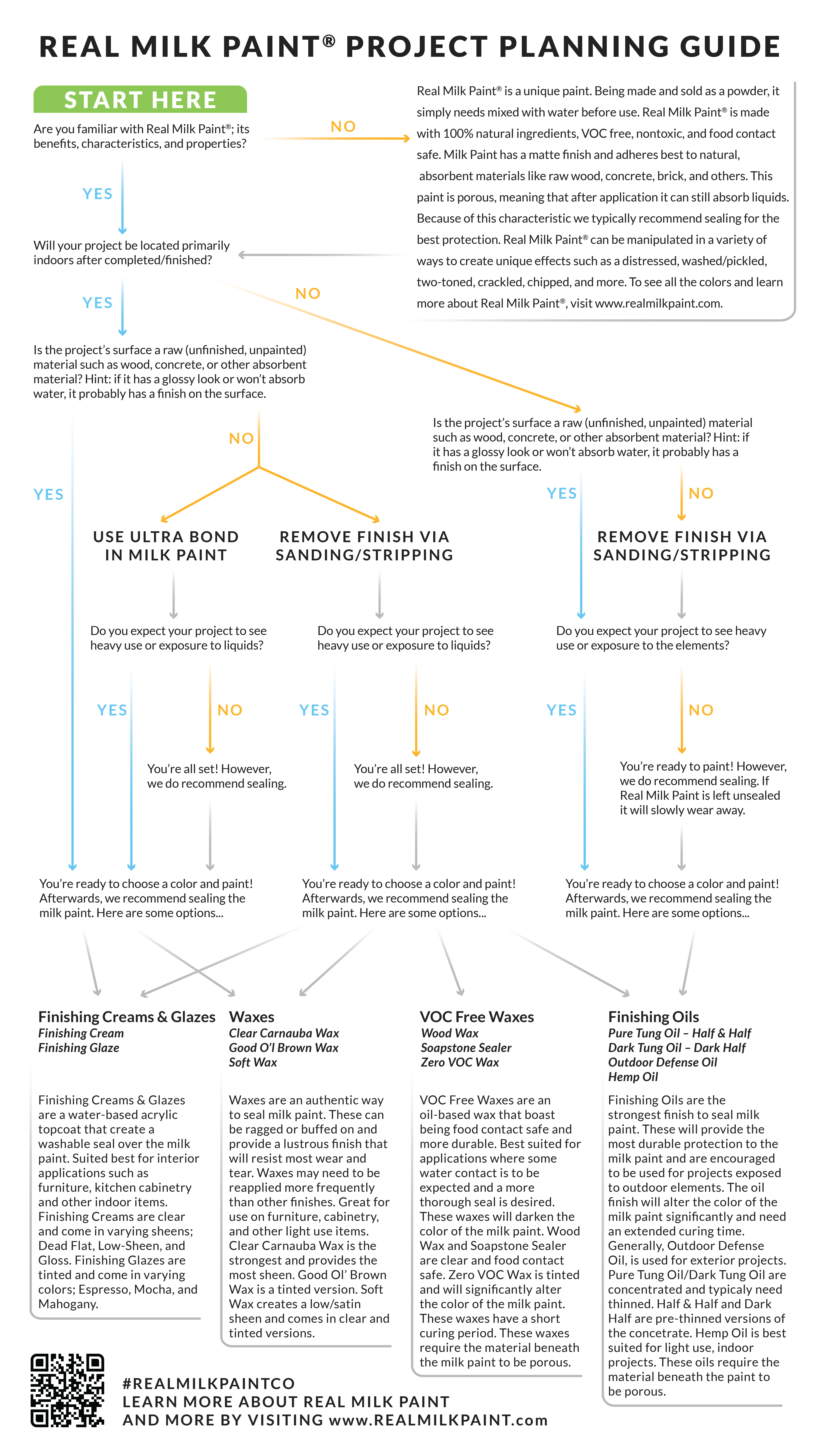We may earn money or products from the companies mentioned in this post. This means if you click on the link and purchase the item, I will receive a small commission at no extra cost to you ... you're just helping re-supply our family's travel fund.
Painting your home can be a daunting task, but it doesn’t have to be. But with the right tools and techniques, it can be a fun, easy project you can do yourself. In addition, painting over all the surfaces in your home can add immense value and beauty to any space. So whether you are looking to freshen up your walls or give your entire house a makeover, read on for some helpful advice on how to paint your home like a pro!

There are many types of paint out there—water-based, oil-based, chalk paint, and Real Milk Paint. Each one has unique properties that may work better for your project. Water-based paints are great for painting over surfaces with existing stains or blemishes. They can also be easily cleaned up and removed if necessary. Oil-based paints have more durability than water-based ones, but they take longer to dry and often emit strong odors during application. Chalk and Real Milk painted surfaces offer a smooth finish on many types of surfaces, including wood, metal, glass, etc. This type requires no priming before use.
The next step is deciding whether you want to use a brush or roller for your project. The general rule of thumb here is that thin coats should always be applied using a brush, while thick layers are better suited for rollers as they do not leave behind visible brush strokes as brushes can. Also, suppose you plan on applying multiple layers of paint. In that case, this will significantly increase the time spent with each application which might make using a roller more time-efficient. At our house, we use a paint sprayer.

Infographic designed by Real Milk Paint Real Milk Paint
If you are painting over a previously painted surface, how well the paint adheres to it depends on how well this surface was primed. To ensure smooth coverage over multiple coats, priming beforehand is recommended. When applying paint with a brush or roller, avoid working in very warm or humid conditions. This can help prevent paint from drying too quickly and becoming tacky, ruining your smooth finish.
When you have finished working on your project, how will you clean up? First of all, let me tell you how to dispose of any leftover paint. If the paint is water-based, it can be diluted with water and poured down the drain. Oil-based paint should be taken to a hazardous waste disposal center. If you plan on touching up paint in the future, keep a couple of things in mind when choosing how to store it; use microwave-safe containers or the original paint can with the lid secured tightly.
Finally, how good of a job you do on painting your home is up to you. I hope this article has laid some helpful groundwork, but it is really just that—a foundation for how to paint your home yourself. Take your time and don’t skip on the prep work because it’s the most important part.
Leave a Reply